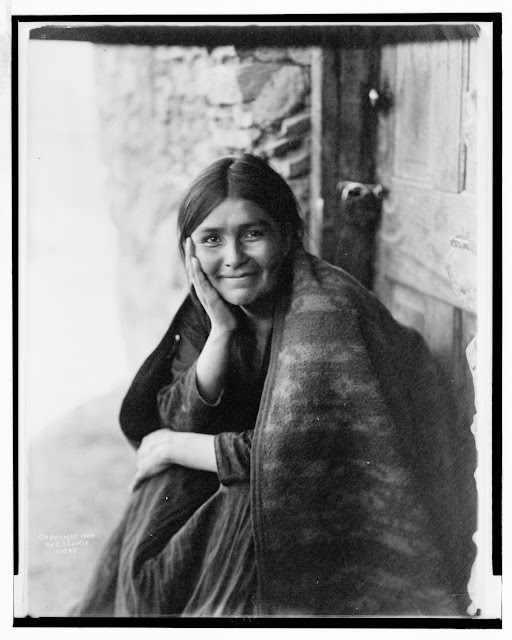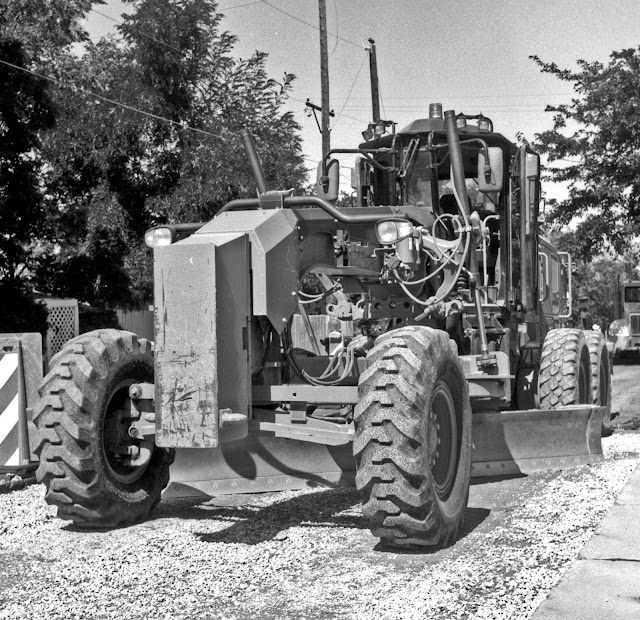 Paul Strand: Southwest is a slim volume, but it contains a lot of pictures and information about the photographer that I had not come across elsewhere, including the romantic entanglements of Strand, Stieglitz, and Georgia O'Keeff as shown in the letters they exchanged.
Paul Strand: Southwest is a slim volume, but it contains a lot of pictures and information about the photographer that I had not come across elsewhere, including the romantic entanglements of Strand, Stieglitz, and Georgia O'Keeff as shown in the letters they exchanged.There are a number of pictures in the book made during Strand's visits to the famous church near Taos. It turns out Strand made fifty images of it. One of those, a palladiaum print done by Richard Benson sold for $3,500 at a Swann auction in 2021.
None of the books I've seen, including Greenough's substatial volume, have very good explanations of how Strand got his prints made and circulated over the years of his long career.
Like his contemporaries, Stand started out making platinum prints as contact images from his negative plates. He later made silver-based prints, but then some of the last ones were platinum again. A lot of those in museum collections are clearly contact printed based on their sizes. Strand also liked seeing his work get wide distribution through books.




























